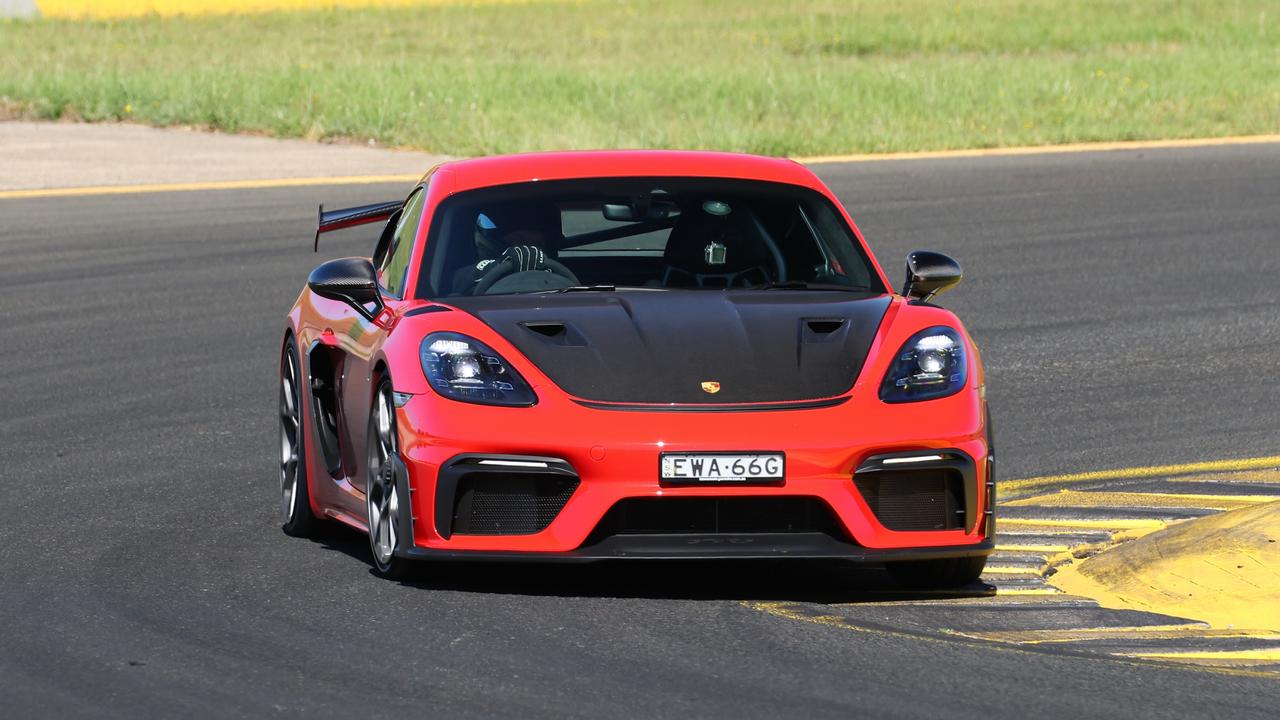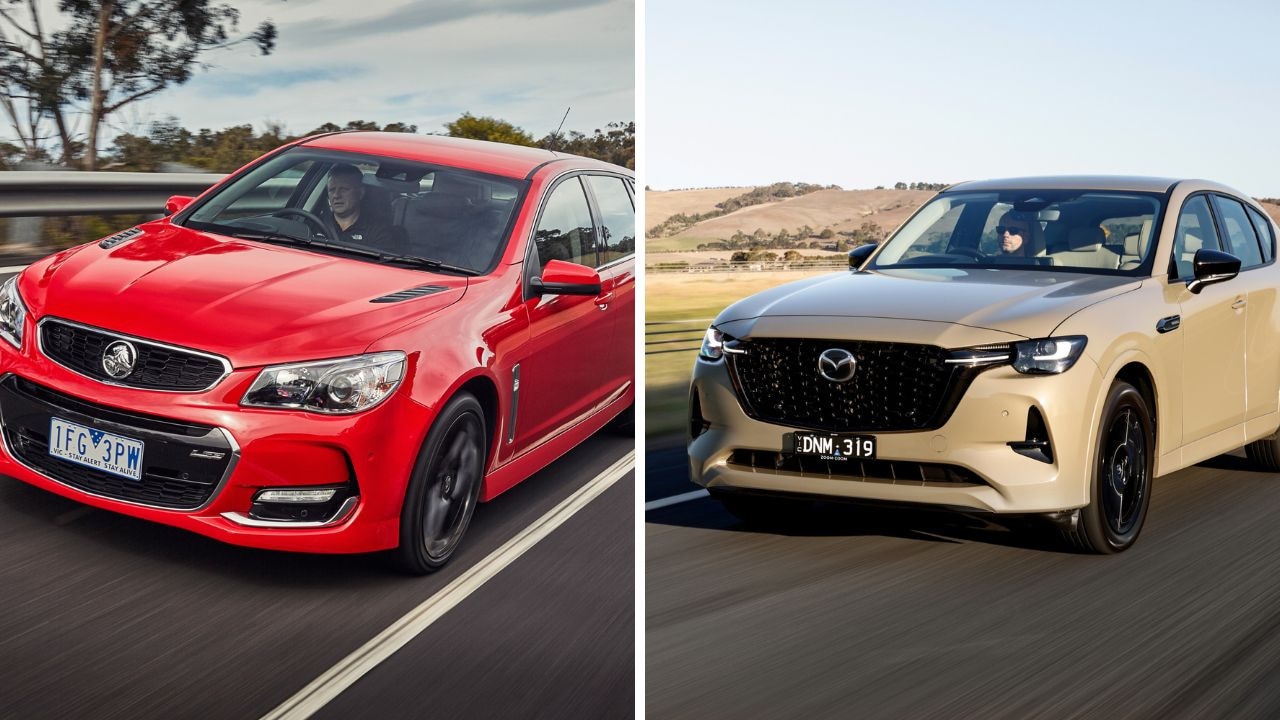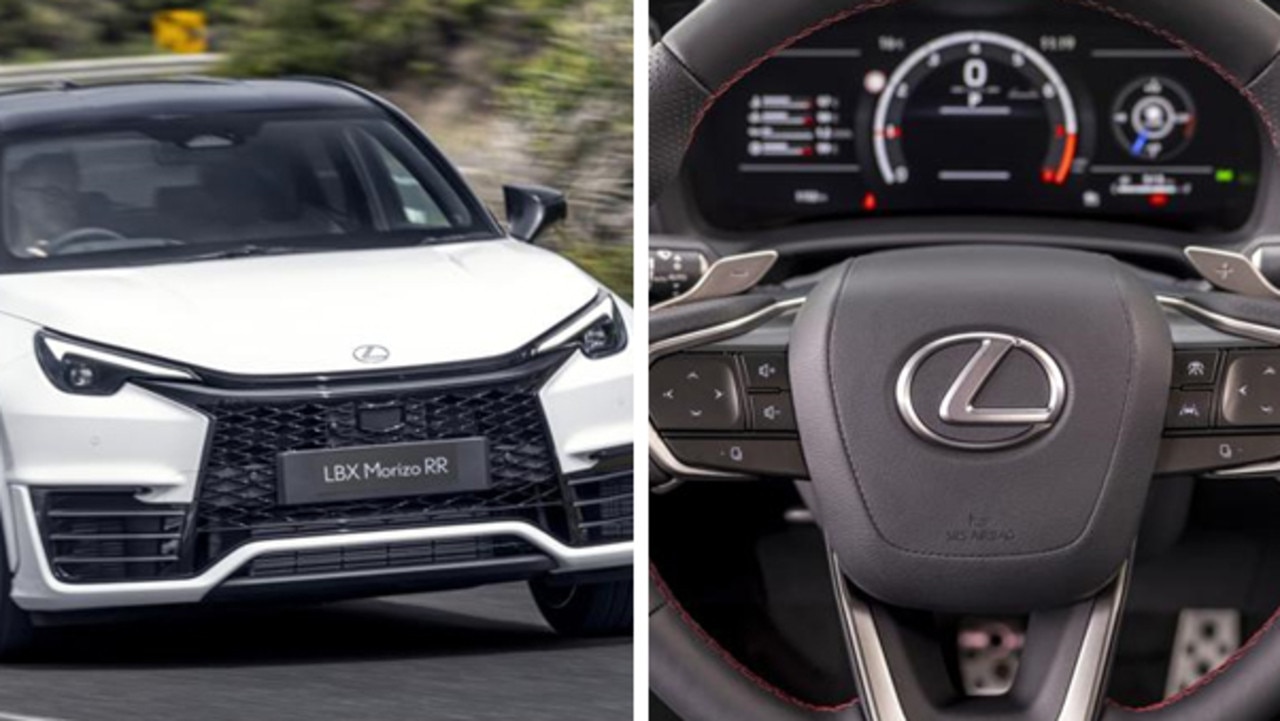Porsche Cayman GT4 RS new car review
The latest weapon from this famed European brand has driven straight off a racetrack and on to the road and its unlike almost anything else on the road.
The newest weapon from Porsche turns its pint-sized Cayman sports car into a red-hot hardcore road racer.
We put it through its paces on the road and the racetrack. Here’s what you need to know.
Small car plus big engine equals speed
The Cayman is Porsche’s smallest, lightest car. Porsche resisted the temptation to put a big engine in it for years, before building the Cayman GT4 with a motor borrowed from the larger 911.

This new Cayman GT4 RS goes a step further with a racing engine sourced from Porsche’s motorsport department.
The 4.0-litre motor makes 368kW of power while revving to a scarcely believable 9000rpm. It’s exactly the same motor you’ll find in Porsche Carrera Cup racing cars on tracks around the world.
That motor and its seven-speed paddle-shift transmission push the Cayman’s price to about $340,000 drive away – about $90,000 more than a less powerful GT4, or $200,000 more than an entry level four-cylinder version.
Then again, it is the most affordable Porsche “RS” model ever, with the same engine as the wild 911 GT3 RS that starts from about $540,000 drive-away.

Its heart is in the right place
The fastest racing cars have a mid-mounted engine driving the rear wheels. From F1 to IndyCar, Le Mans prototypes and even top fuel dragsters, physics dictates that the best place for an engine is just ahead of the back tyres.
Porsche’s 911 halo model has the motor further back, behind the rear wheels, in keeping with tradition.
But the smaller Cayman’s mid-engine placement trades the usefulness of a back seat for superior balance and agility.
It sticks like a slot car until you step beyond the traction of its tyres, then swivels around your hips like gymnast with a hula hoop.

There are details everywhere you look
Porsche’s dedication to speed is evident in every inch of the RS.
From a front end that replaces a metal badge with a weight-saving sticker lacquered to its carbon fibre bonnet to an enormous and adjustable “swan neck” rear wing, there are exquisite details everywhere.
The seats are one-piece carbon fibre buckets, the cabin is trimmed in grippy suede-like material, the roll cage is a lightweight titanium alloy and carefully carved front wheel arches whip turbulent air away from the tyres at high speed.
The best feature might be carbon air inlets that replace the rear side windows, gulping fresh air from intakes mounted just behind your ears.

At 9000rpm, no one can hear you scream
Porsche reckons this is the loudest car they’ve built. It might be the loudest on sale.
The shrieking, howling, metallic thrash of the motor must be heard to be believed. It’s a turbulent riot of barely controlled mayhem made possible by racing technology, an unrivalled dedication to the internal combustion engine and a callous indifference toward industrial deafness.
Cold statistics say it will reach 100km/h in 3.4 seconds and a top speed of 315km/h. But the way it gets there is a savage assault on the senses that’s hard to put into words.

Road driving is a chore
This is not a comfortable car.
Stiff suspension with rigid metal connections instead of rubber bushings blasts every bump directly into your spine through that uncompromising seat.
It’s loud, harsh and unsurprisingly thirsty – claimed fuel use of 12.3L/100km is somewhat optimistic.
But it all comes together on track, where the Cayman’s delightful balance combines with scintillating responses from the steering, brakes and gearbox. It’s thrilling and intoxicating, blending sensory overload with other-worldly precision to deliver driving nirvana.



